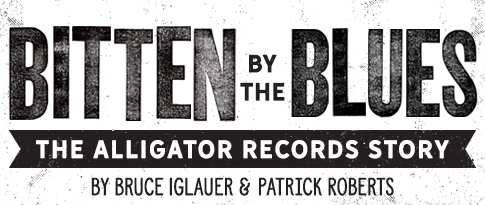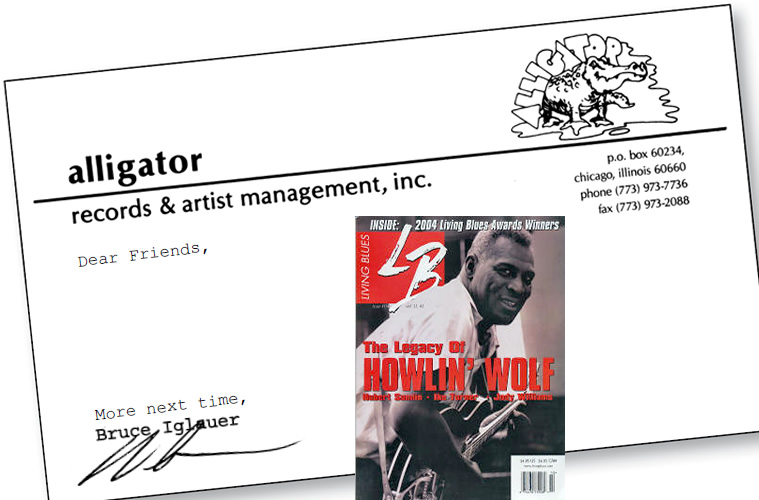Dear Friends,
I’m thrilled to tell you about our latest album, released this month, by the woman whom the Chicago Tribune calls “one of the greatest soul singers of the last half century” — Mavis Staples. The album is called Have A Little Faith; It’s an inspired and inspiring meld of soul and gospel with instrumentation ranging from blues-drenched acoustic slide guitar to full electric band with horns. It’s all tied together by Mavis’ amazing, gorgeously soulful vocals. It’s not a blues album, but it will speak to any blues fan, as the cheering crowds who saw Mavis’ performance at the Pocono Blues Festival a few weeks ago will testify. It was one of the most overwhelming sets I’ve ever experienced–deeply emotional, exhilarating and intense–just like the new album. For anyone who likes contemporary blues, classic R&B or the music of the Staple Singers, Have A Little Faith is an essential album.
Recently, I wrote one of these letters about some of the important members of the blues community whom we lost in the last few months. I wanted to write more about Bob Greenlee, the founder and guiding light of Kingsnake Records in Sanford, Florida, who died of cancer earlier this year at the age of 59. Bob ran his own studio and label, but his real joy was in playing blues and R&B and in helping others create their music. The business was just a necessary evil for him. That’s why Bob often preferred working with established record companies, acting in the role of talent scout, producer, horn arranger and songwriter. In the little studio that his wife Sonja called “Bob’s Playhouse,” above the garage next to the huge old house where he lived, Bob produced Alligator albums by Kenny Neal, Lucky Peterson, Lazy Lester, Raful Neal, Rufus Thomas and Noble “Thin Man” Watts. For his own label he cut everyone from Alex Taylor to Ernie Lancaster to Ace Moreland to The Midnight Creepers.
I first met Bob at the Handy Awards in Memphis in 1987. He had just released Kenny Neal’s debut album, Bio On The Bayou. A big, gray-haired, outgoing guy, Bob cornered me and wouldn’t let me go until I agreed to fly down to Florida and see Kenny live, in hopes that I’d re-release the album on Alligator (which later happened, under the title Big News From Baton Rouge!). Bob’s enthusiasm was contagious. He had grown up listening to blues and R&B on late night radio, played bass guitar and baritone sax with local bands in Florida, and attended Yale as a football star. Bob was lucky enough to have inherited some money, but instead of using it on a luxurious lifestyle, he lived out his dream of playing music in a hot regional band called The Midnight Creepers and building a modest recording studio.
Like Bob, Kingsnake Studios was loose, casual and relaxed. The recording console was pretty funky; there was a special spot you had to pound periodically with your fist to make the buzzing go away. The Hammond organ was falling apart, and the microphones were often taped to their stands. Everything was covered in dust. The space was so cramped that the guitar amps were often put in the bathroom, which created a great sound. Sessions were laid back; they started when everyone showed up, often hours after the scheduled time. They often broke at the cocktail hour, sometimes never to start again. But under Bob’s relaxed leadership, everyone enjoyed recording, getting into the spirit of joint creativity (in both meanings of the word) and cutting tracks that captured Bob’s “go for it” spirit. Bob helped with the songwriting, too, and some of his tunes have become modern blues classics.
Bob welcomed me into his “gang,” and I helped with the production of a few albums upstairs in Bob’s Playhouse. But the real creative inspiration there was Bob Greenlee, laughing, joking, and sparking the talent of his artists, who invariably became his friends, too. The world needs more Bob Greenlees.
More next time,
Bruce Iglauer

